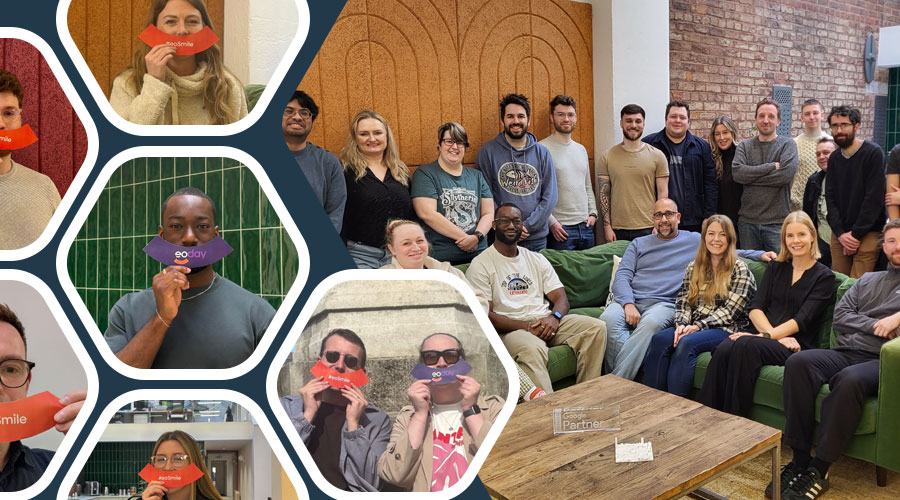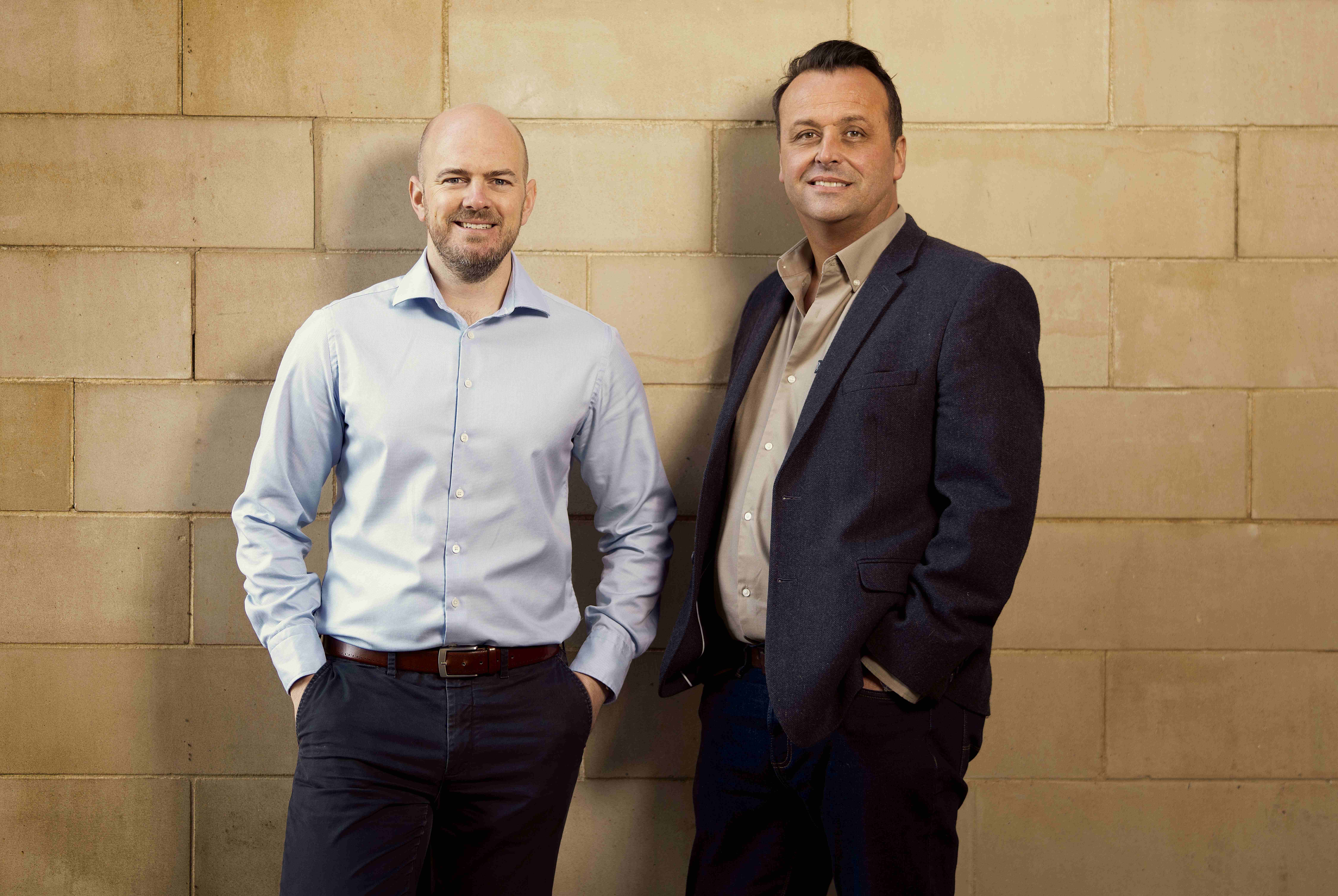
In agency world, there has been a trend in recent years towards all-encompassing “producers” in client service teams.
These producers wear many hats, and are responsible for many aspects of the client-facing service provided. A producer’s role is to:
- Work with clients to come up with ideas, translate ideas into actionable briefs, and make sure the client is kept happy
- Ensure client work passes through the team smoothly and gets signed off and completed
- Check the work and make sure it’s of a high standard and meets the original brief
Essentially, they are responsible for the client experience end-to-end, from initial idea to finished outcome.
Up until a year ago, this is how Huddle operated. The client service team each had their own set of clients, and they managed each clients’ experience throughout the lifecycle of an outcome that we delivered.
The problem
This worked for us for a long time, but eventually this way of working developed too many downsides for us to ignore, and we were forced to evolve.
The thing about those three parts to the role, is that they all have conflicting motivations. Producers need to:
- Make sure their clients are happy and getting a quality outcome in an attractive timeframe
- Deliver things when promised, in a realistic timeframe, and move on to the next thing on the list
- Make sure the quality of work is high, and push to make improvements (that the client hasn’t necessarily requested) even though they may take longer
When you think about these conflicting motivations all happening inside one person’s head – that’s a recipe for mental exhaustion, decision fatigue and burnout.
Back to basics
Instead, we split our client services team into separate roles. This took a few months of transitioning, which was a little bumpy, but well worth it in the end.
Our team is now structured so those three motivations are three separate roles:
The Account Manager‘s job is to with clients to come up with ideas, translate ideas into actionable briefs, and make sure the client is kept happy. They want things done as the client expects, with an appealing budget and timeframe.
The Project Manager‘s job is to ensure client work passes through the team smoothly and gets signed off and completed. They want things done in a realistic timeframe, quickly and efficiently.
The Quality Assurance Manager‘s job is to check the work and make sure it’s of a high standard and meets the original brief. They want things done a certain way, taking time to get it right.
Each of us works across all clients, ensuring we have insight and influence over each account.
These roles being spread across separate people creates a healthy push-pull of conflicting motivations, allowing each person to take ownership of their part in the process and advocate for the benefits their part brings to the client. Rather than people feeling like they’re spinning plates, we get to focus on one thing and do it well.
Our on-time delivery has improved as a result, with the amount of outcomes being delivered on time increasing by 44% in recent months. We have also maintained our strong client satisfaction and NPS scores, and personally increased satisfaction in our roles with less context switching and mental load.







